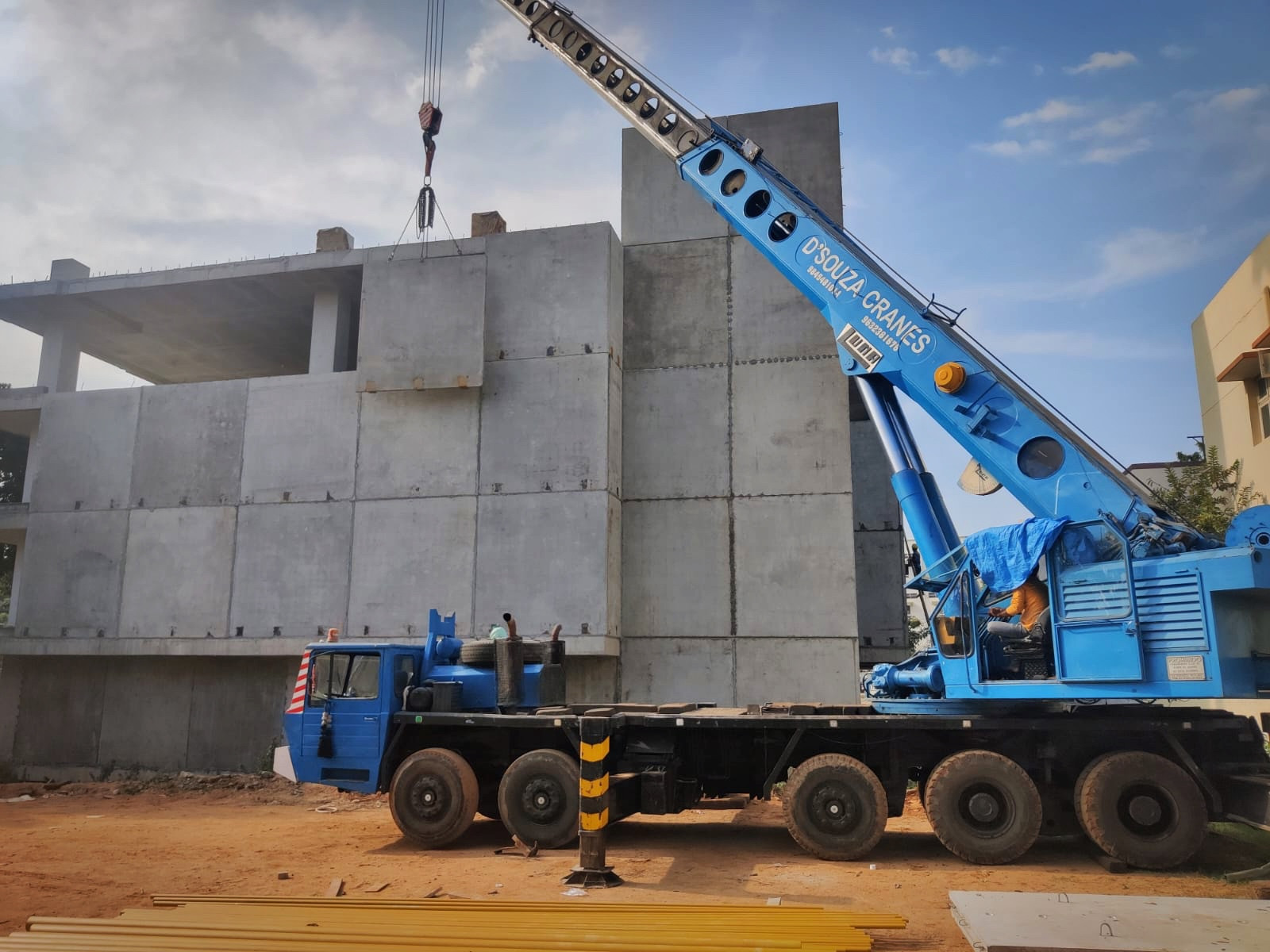In the ever-evolving landscape of the construction industry, precast construction emerges as a beacon of innovation and efficiency. Offering a plethora of advantages over traditional construction methods, precast construction has rapidly gained traction among developers, architects, and builders worldwide. This blog delves into the myriad benefits of precast construction, highlighting its role in delivering projects that are not only time-efficient but also superior in quality, cost-effective, and environmentally friendly.
1. Precast Construction for Faster Construction Times
A primary advantage of precast construction is its ability to significantly reduce the time required to complete a building project. Unlike traditional methods, where construction activities are sequential and often delayed by weather or logistical issues, precast construction involves manufacturing the structural components in a controlled factory environment. These precast components, including walls, floors, beams, and columns, are then transported to the construction site ready for assembly. This parallel processing of tasks—site preparation occurring concurrently with component manufacture—can slash project timelines by as much as 50%. The efficiency of this method not only accelerates project completion but also translates into reduced labor costs and earlier return on investment, which is particularly beneficial in commercial ventures where time is money.
2. Enhanced Quality Control
The factory setting inherent in precast construction provides a controlled environment for manufacturing the building components, which allows for rigorous quality control processes that are difficult to achieve on a traditional construction site. In the factory, each element of the building is produced under strict supervision, using precise molds and cutting-edge technology. This ensures that each component meets the highest standards of strength and durability, leading to overall structures that are robust and long-lasting. The predictability and repeatability of this process minimize the risks of defects and inconsistencies that often plague on-site construction, resulting in a higher quality building.
3. Reduced Waste and Environmental Impact
Environmental sustainability is another significant benefit of precast construction. The precise production and measurement of components in a factory setting reduce material waste substantially. Excess materials in a precast plant can be recycled or reused, minimizing the environmental footprint. Furthermore, since much of the construction activity is confined to the factory, on-site environmental impact is lessened—there is reduced site disturbance, less dust and noise pollution, and decreased emissions from on-site machinery. These factors contribute to making precast construction a greener alternative to conventional building methods.
4. Improved Cost-effectiveness
Though the initial costs of precast construction might be comparable to those of traditional methods, the overall economic benefits are far superior. The speed of construction reduces labor costs and the faster completion rate means buildings can be operational sooner, which is critical for revenue-generating projects such as rental buildings or commercial complexes. Furthermore, the longevity and reduced maintenance needs of precast structures ensure ongoing savings across the lifecycle of the building. The durability of precast concrete also means fewer repairs and less routine maintenance, leading to additional cost savings over time.
5. Versatility and Aesthetic Appeal
Precast construction does not limit architectural creativity; in fact, it supports it by offering a range of finishes, colors, and textures. The versatility of precast concrete allows for the customization of design elements, making it possible to achieve unique, visually appealing architectural designs that stand out. From simulating the appearance of natural stone to implementing innovative geometric shapes, precast construction can be adapted to fulfill various aesthetic and functional requirements, making it a flexible choice for architects and designers.
6. Enhanced Safety and Reduced Disruption
The safety enhancements provided by precast construction are notable. With most of the construction activity, such as the heavy lifting of large panels, taking place off-site, the potential for accidents and injuries is significantly reduced at the construction site. This aspect is particularly important in densely populated urban areas or in projects with tight construction spaces. Additionally, the reduced on-site activity means less noise and disruption for the surrounding community, a factor that can be crucial in maintaining good relations with the local populace and adhering to urban construction regulations.
Conclusion
The myriad benefits of precast construction position it as an optimal choice for a broad array of construction projects. With its combination of speed, quality, cost efficiency, environmental benefits, design versatility, and safety, precast construction addresses the multiple demands of modern construction projects. As the construction industry continues to evolve towards more sustainable and efficient practices, precast construction is set to play a pivotal role in shaping future buildings and infrastructure, making it a smart choice for today’s building needs and tomorrow’s architectural legacies.
